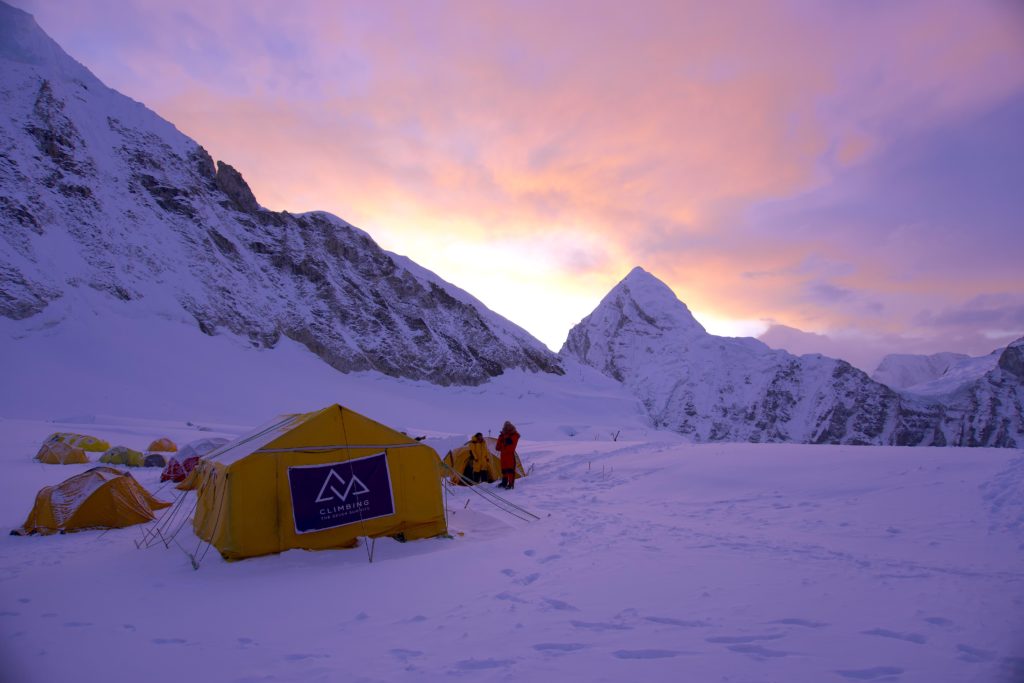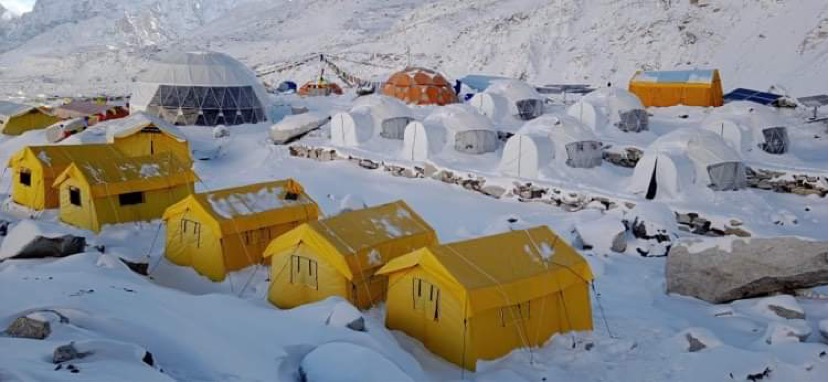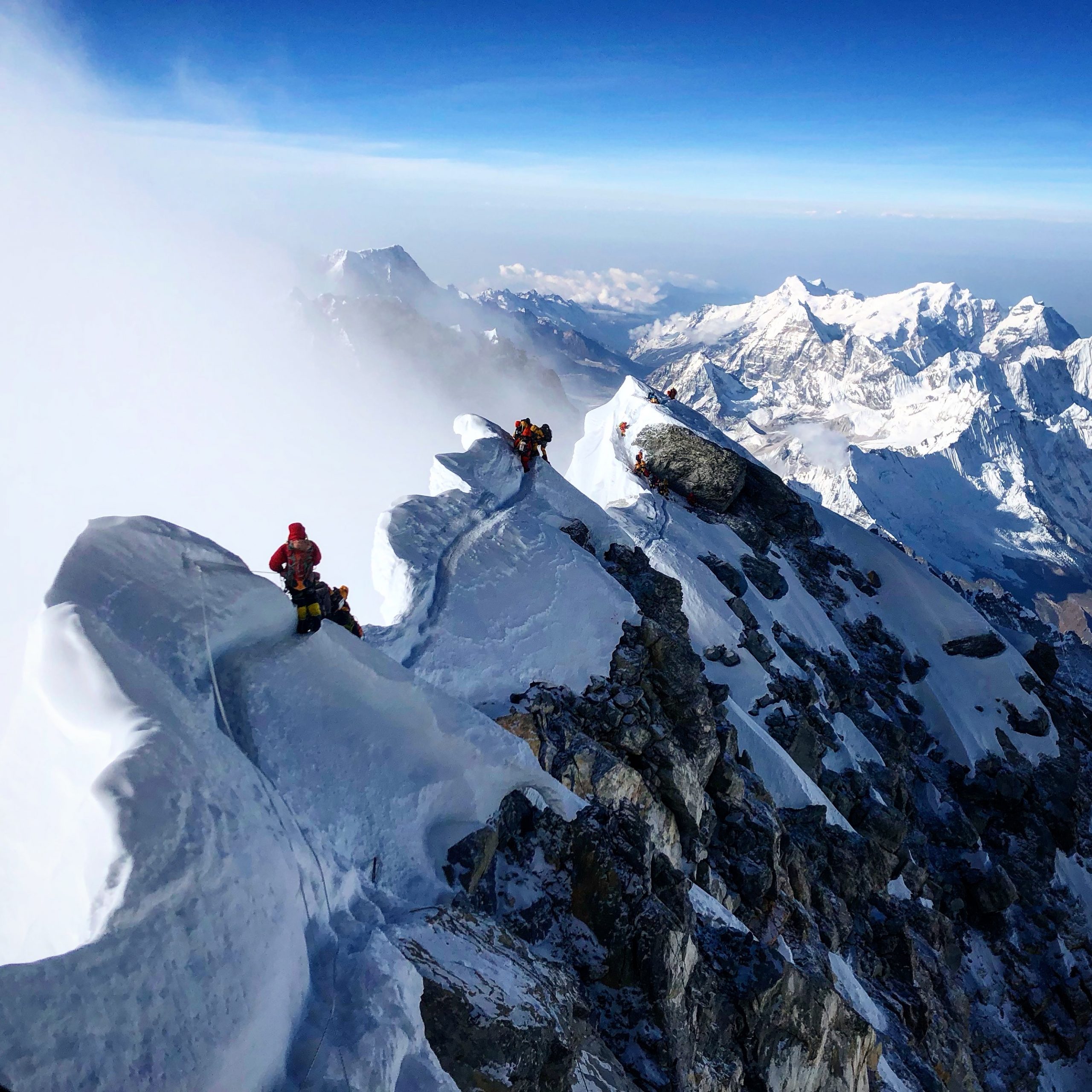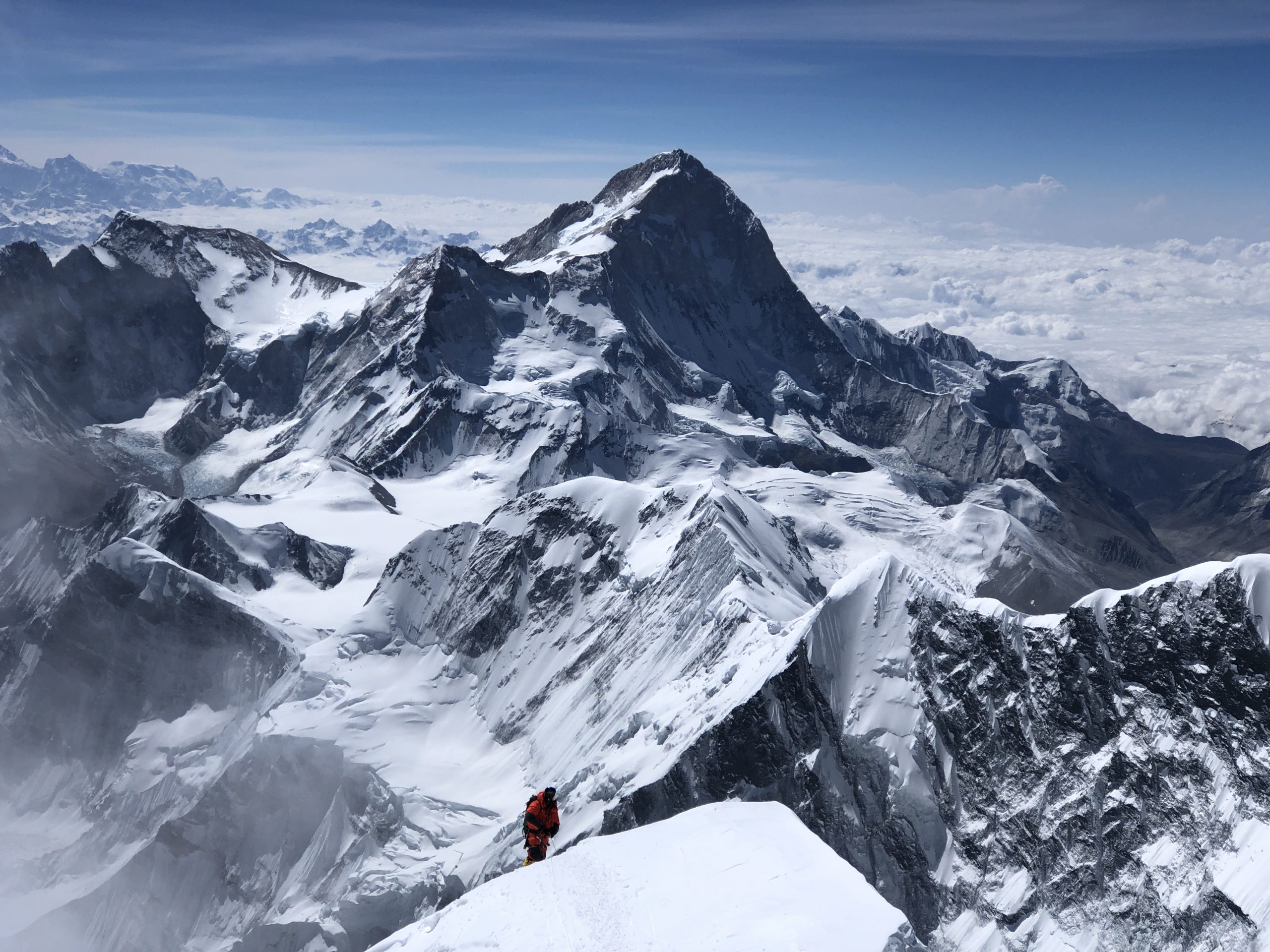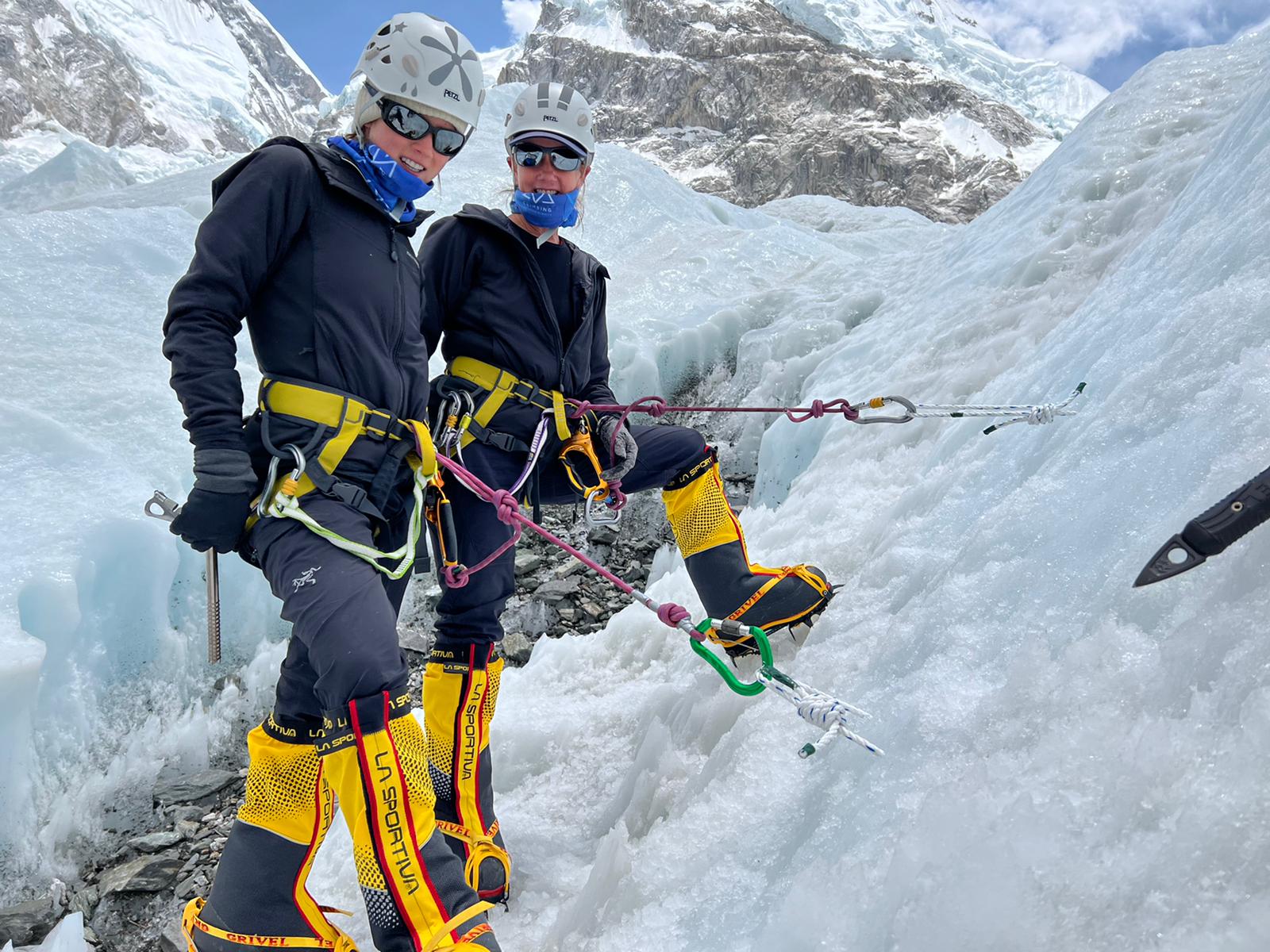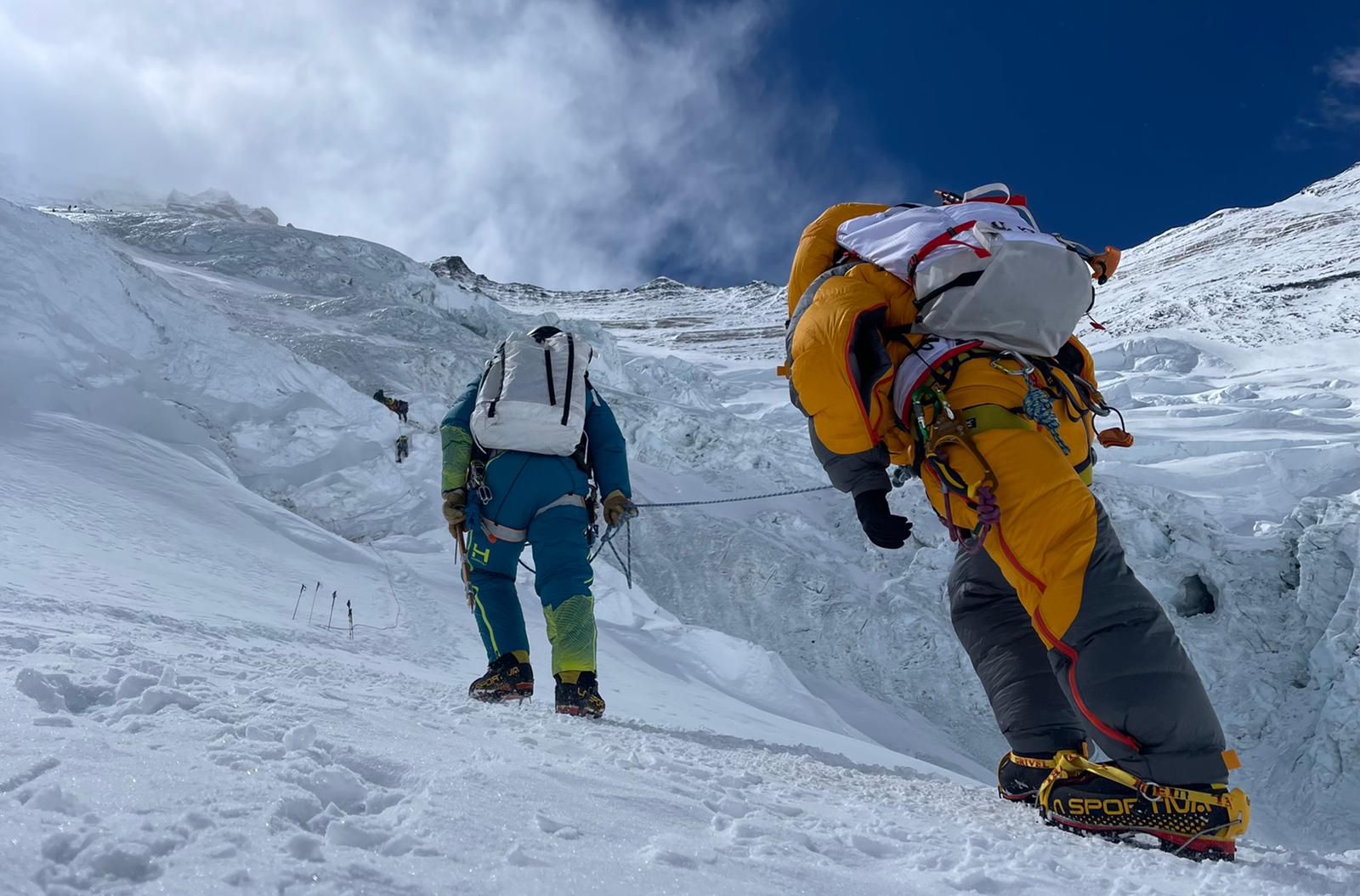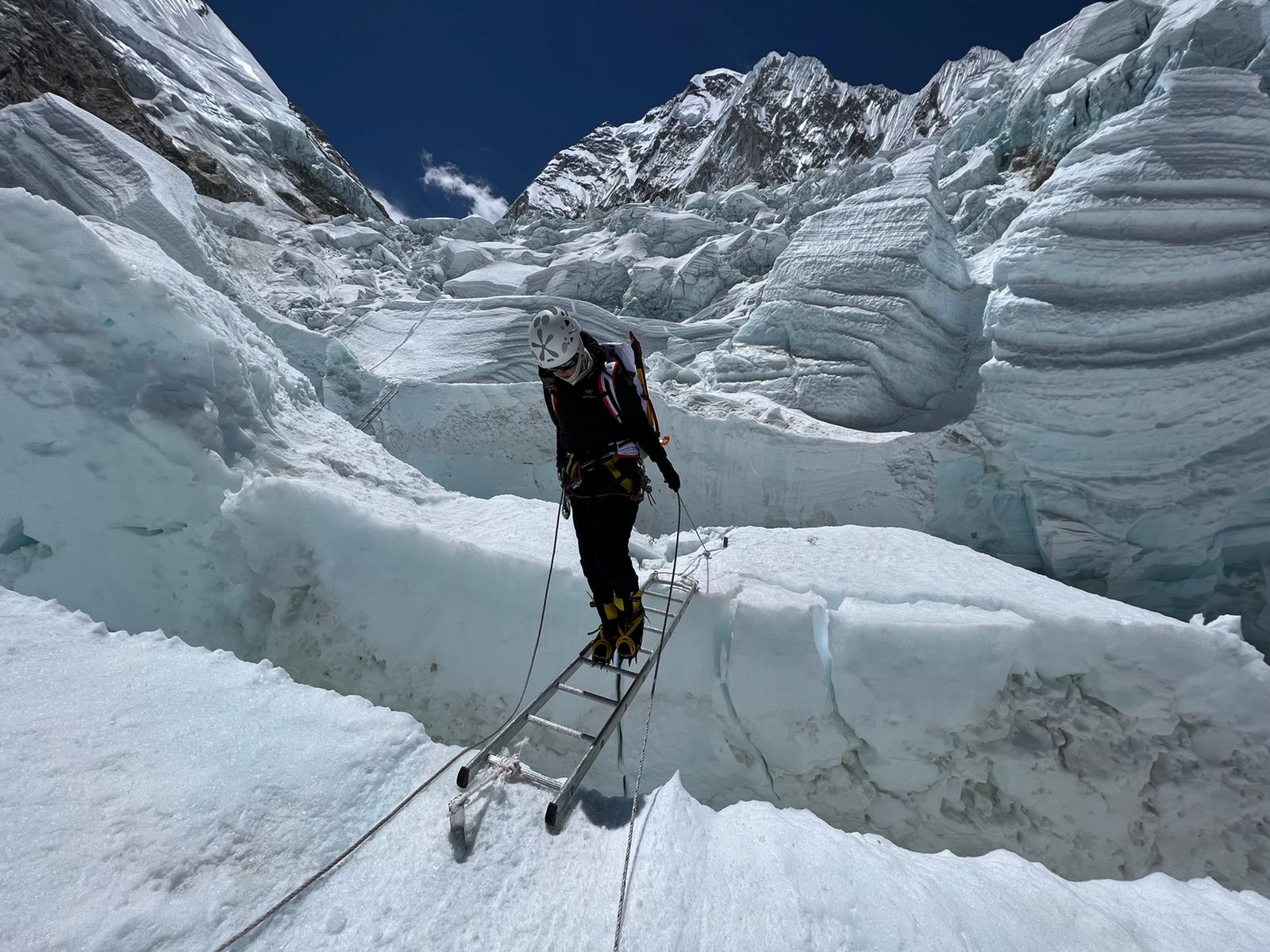100% On Top! Summits on Everest!!
12th May Everest Summits
Congratulations to our first wave of climbers with 100% of the team standing on top of the world! So deserved after such an enormous amount of work and dedication and commitment. We are so proud of you and honoured to be part of your journey.
Congratulations;
Mark Woodward (5am local time)
Pega Sherpa (5am)
Margaret Kincaid (5:45am)
Pemba Gelji Sherpa (5:45am) (Phortse)
Meghan Buchanan (6am)
Naren Shahi (6am)
John Keagy (6:30am)
Walter Hailes (6:30am)
Pasang Kami Sherpa (6:30am)
Clayton Wolfe (6:45am)
Pasang Tendi Sherpa (6:45am)
Tomas Ceppi (6:45am)
Pemba Gyelji (Kharikola)
Sonam Phinjo Tamang
Tseten Bhote
Pasang Bhote
Tsering Sherpa
Rinji Sherpa
Dawa Sherpa
To all our loved ones watching on at home, it's a massive moment for you too as you celebrate and feel the joy of knowing your person has attained their goal of standing on top of the world! Your support should never be underestimated, thank you you are the reason our climbers can do what they do.
All climbers are now on descent. It's good to keep in mind that as they descend they will keep focused, conserve their warmth and radio batteries and just motor back down the hill, heads down, bums up as such. It can take a long time to get back to the South Col (Camp 4) and it's very likely we won't hear much from them now which just means they are moving consistently and smoothly. We'll update you again when they are safely back to Camp 4!
Yewwwwww!
Cheers
CTSS Team




Safely at the South Col
Exciting news as our first wave of summit climbers are all safely at the South Col (Camp 4) and resting ahead of their departure later tonight. They'll be grabbing cat naps, preparing their gear, rehydrating and taking in as many calories as they can.
They will climb through the night tonight with the plan of summiting in the morning. Weather looking good, mild and light winds but very favourable.
Goodluck & happy, safe climbing to:
- Meghan B & Guide Naren
- John K & Guide Walt
- Clayton & Guide Pasang
- Margaret K & Mark W with Guide Pega
- Guide Tomi Ceppi
Remember that no news is good news, particularly on summit day. The team will focus on climbing, conserving their energy, radio and sat phone batteries. It's totally natural to feel anxious for news and you might find yourself hitting refresh rather a lot on this blog, but it's helpful to keep in mind that summit day is a long day, and it's very normal (& expected) to have big long stretches between check ins. We'll keep you updated once they've summited and back down at Camp.
Cheers
CTSS Team
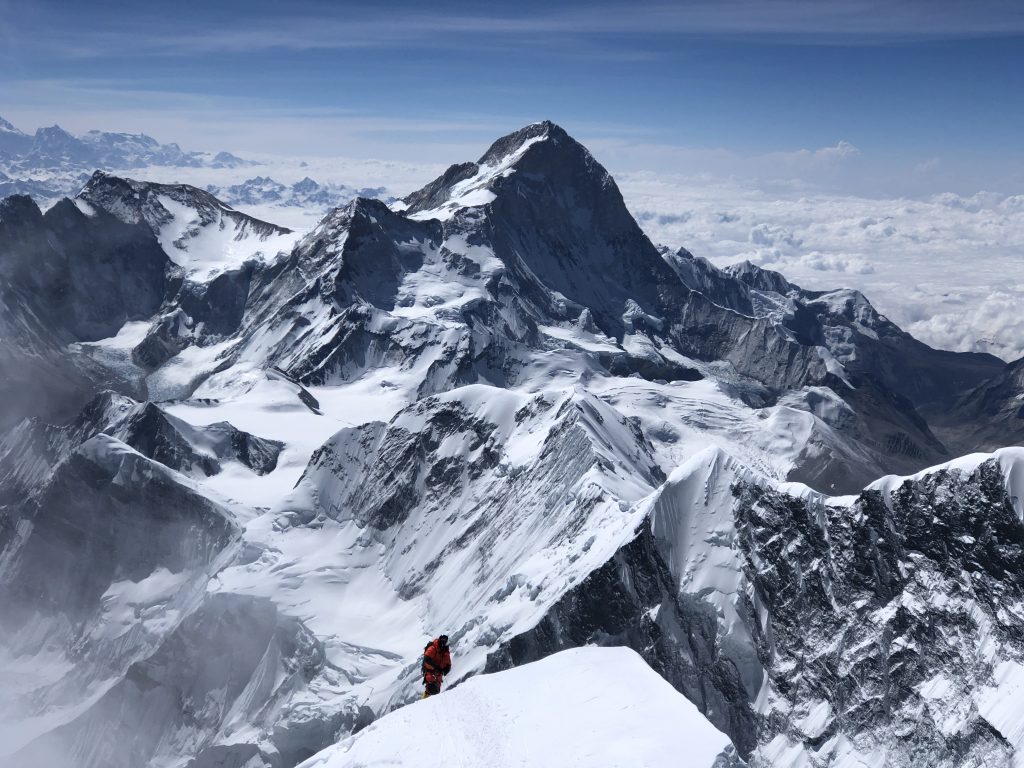

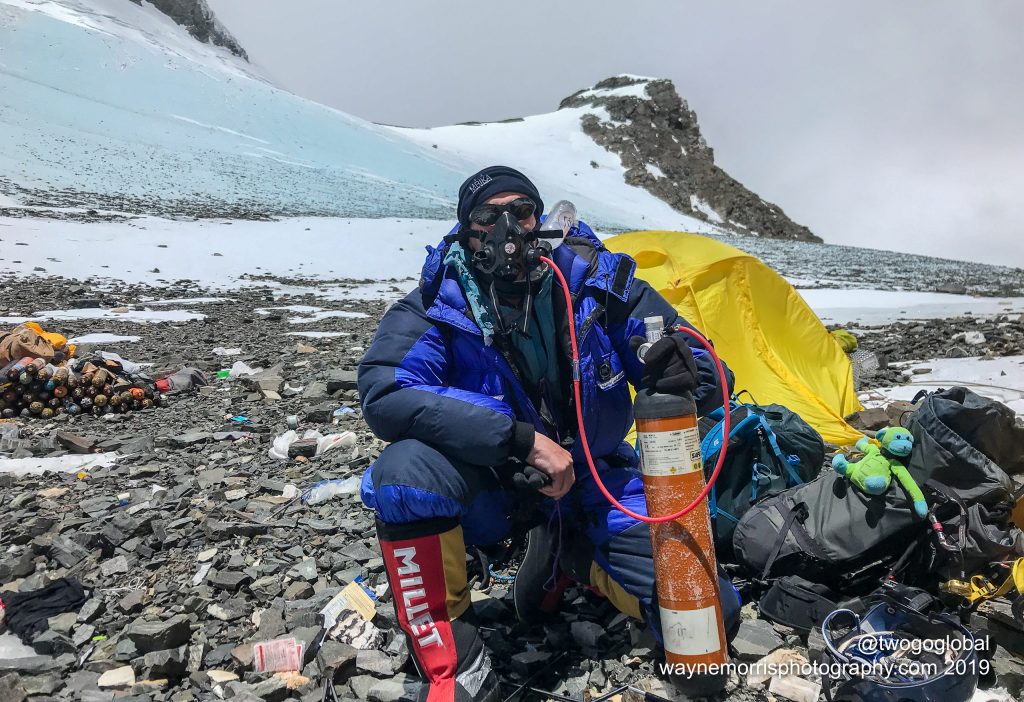
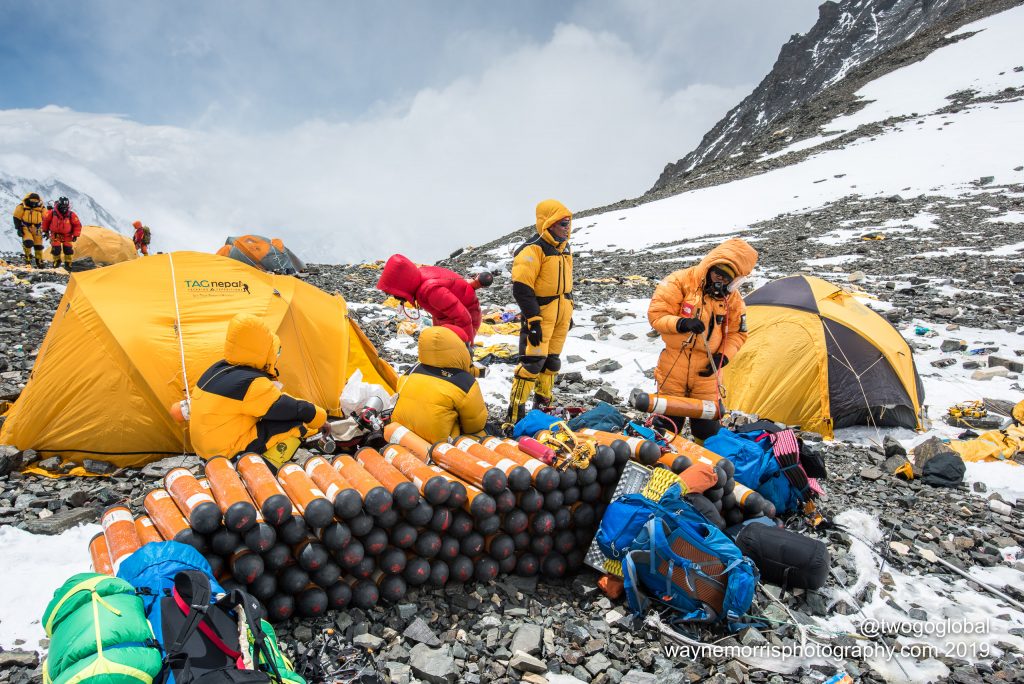
Summit Bids Upon Us
It's beautiful weather up high again today with our Sherpa team at the South Col reporting nil wind.
Departing Camp 3 and climbing up to Camp 4 (the South Col) today are; John K & guide Walter H, Meghan B and guide Naren, Mark w and Margaret K with guide Pega, Clayton and guide Passang and guide Tomi to get into position for a summit bid leaving tonight (local time).
At Camp 2 - Jessica H and guide Kami are taking a rest day along with mother daughter duo Jane & Gabby with their guide Tendi. They'll all move up to Camp 3 tomorrow with their eyes on the summit after that.
Leaving Base Camp tomorrow morning after a well deserved rest are Manal and her guide Anup. They'll head out in the early hours through the icefall up to Camp 1 and then onward from there over the coming days.
This is an exciting time and for our climbers and a somewhat anxious one for those of us at home. It's important and can be helpful to remember that no news is good news, it just means the climbers are focusing on their climb.
Cheers
CTSS Team.
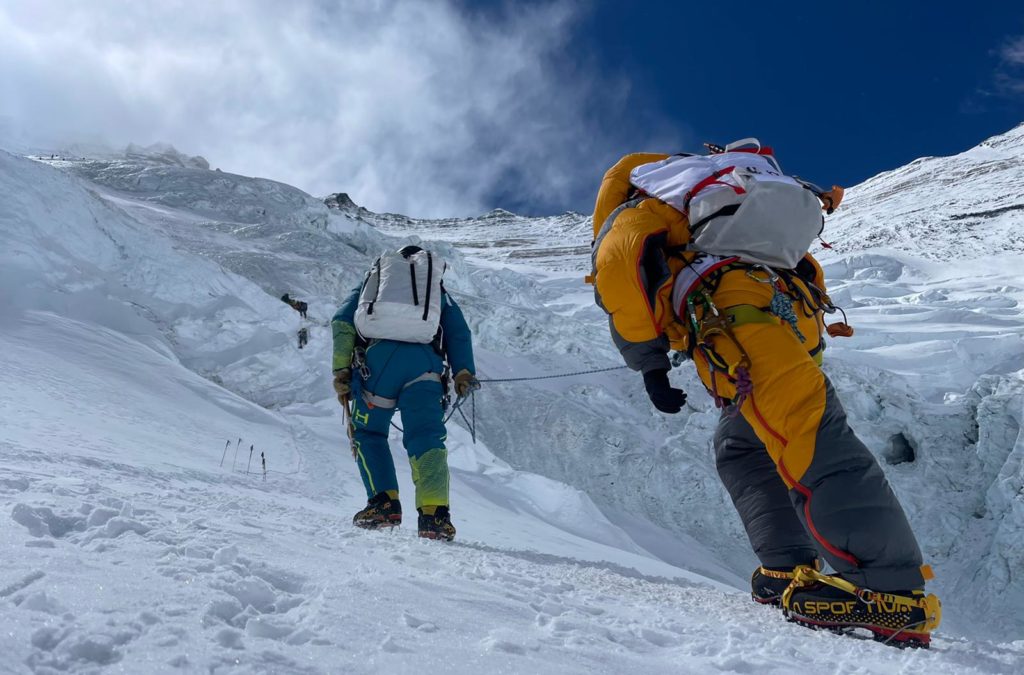
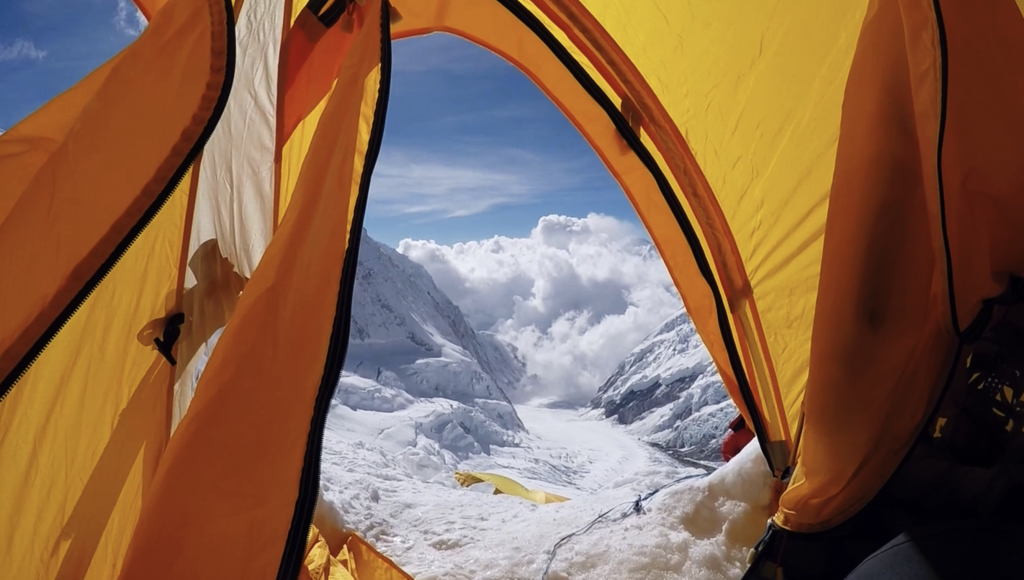


Teams in Western Cwm and on Lhotse Face
We've got a ton of activity on Everest right now with several waves moving up the mountain on their way to a Summit Bid.
Weather continues to look great for the next few days and our teams are reporting fantastic conditions at C2 and C3 right now. The forecast called for a bit of wind today, but it's turning out to be one of the best weather days of the season.
Heading to Camp 3 today are John K & guide Walter H, Meghan B and guide Naren, Mark w and Margaret K with guide Pega, Clayton and guide Passang and guide Tomi.
In Camp 2 Jessica H and guide Kami are taking a rest day today and tomorrow, plan to head to Camp 3 after resting.
Moving from Camp 1 to Camp 2 today are Mother/Daughter power duo Jane and Gabby with guide Tendi
Each climber along with their climbing Sherpa and Guides will move through the camps to the South Col at their own pace in the coming days before launching their summit bids. Our expedition is specifically structured for this type of autonomy so each climber can arrive at the South Col as rested and prepared as possible.
Back in basecamp another wave of climbers is putting their gear together and getting ready to take advantage of the next weather window.
Strong work and best wishes to our climbers!
Cheers,
CTSS Team
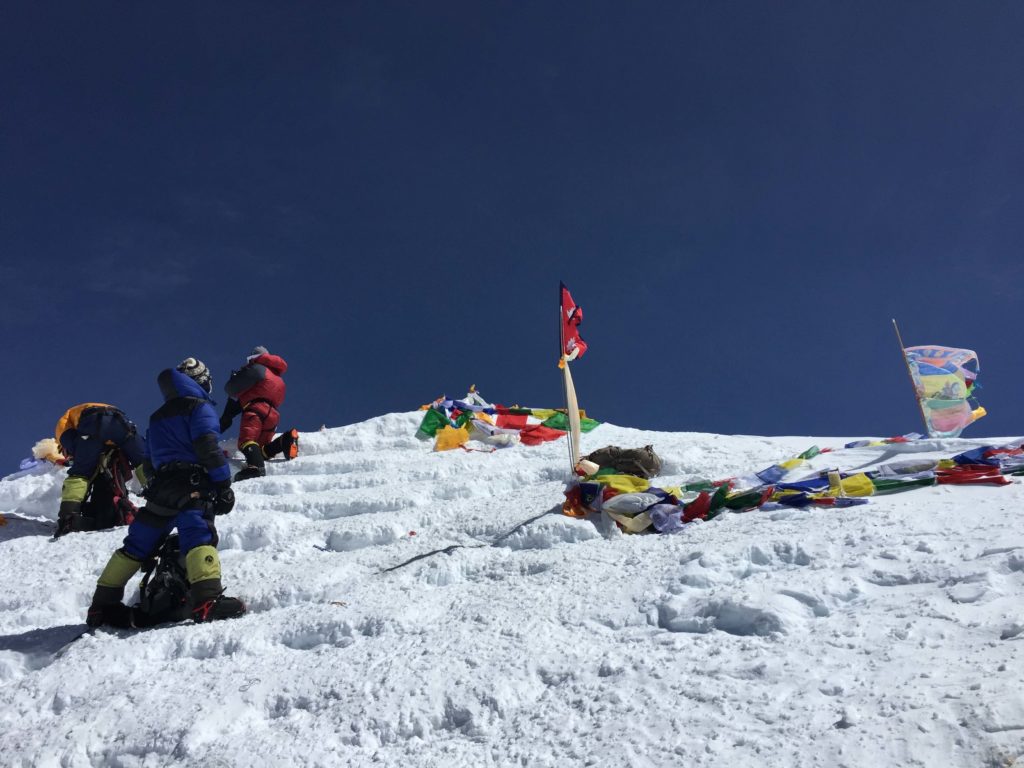
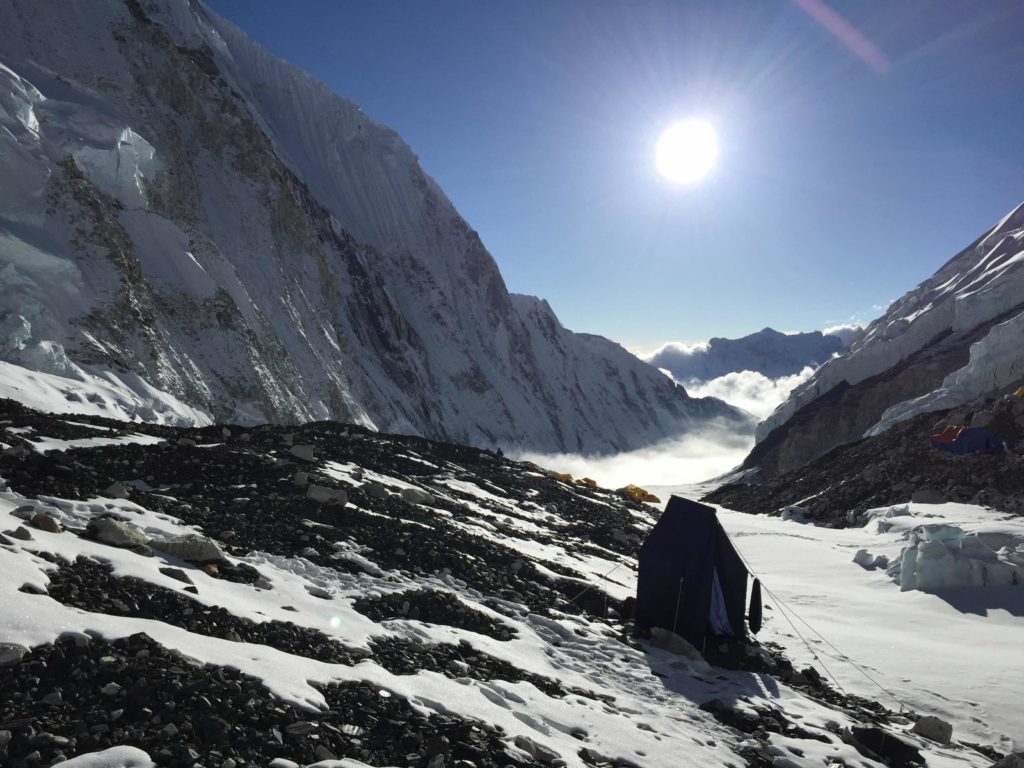
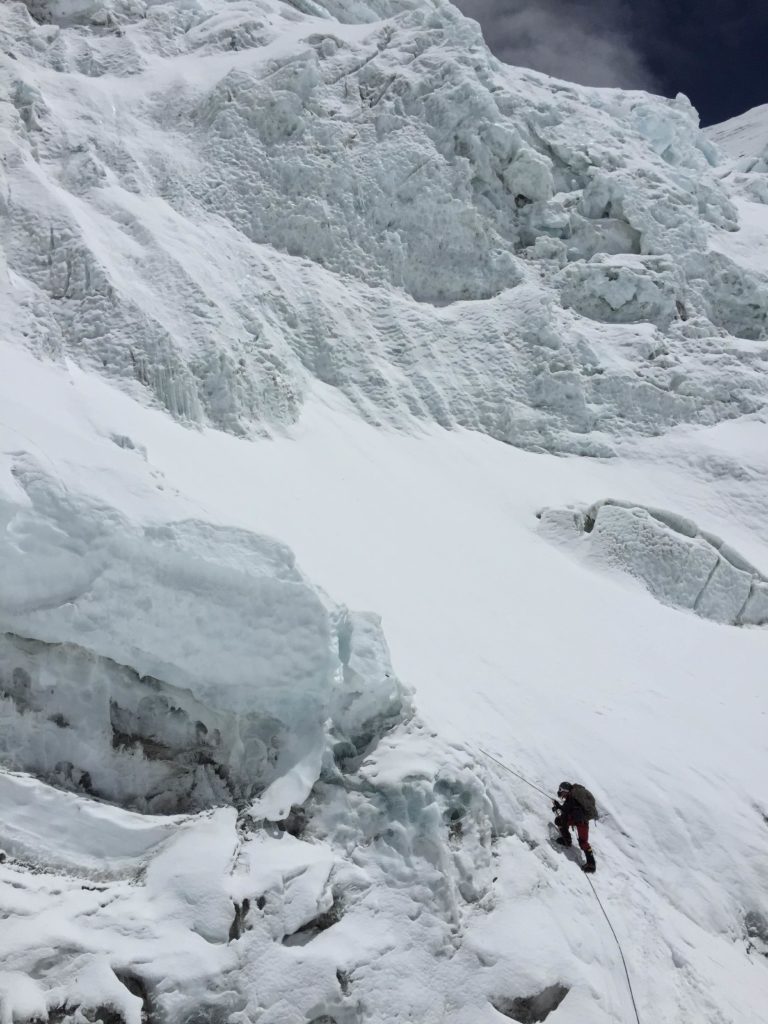
Summit Bids Begin!
It's an exciting time on Everest right now!
As climbers are heading up from Basecamp, Expedition Leader Mike Hamill checked in with this update:
Our front wave of climbers is currently at C2 looking to summit on the 12th or 13, while our second wave will head up over the next few nights.
Jessica, Mark, Margaret, Meghan, John, Clayton and their guides are all at C2 as part of the first wave. With this first crew we will have 17 Sherpa and guides in support of them for the summit, more than a 2:1 ratio of climbing staff to climbers, so they will be in the best of hands.
Heading up in short order, the second wave will be Jane, Gabby, Manal, and Pascal with their guides and support Sherpa.
Currently the weather is looking good for summit bids from the 12-16 and we will be watching this weather window closely. Our high camp is now fully stocked with oxygen and supplies and everything is in position.
We will keep you updated in the coming days as to the teams movement.
Best from EBC
Mike Hamill, Expedition Leader
While Everest summit bids have begun there is still a lot of activity in basecamp as other CTSS climbers rest and prepare for their turn at the top.
Our CTSS 2022 Table Tennis Tournament in the Big House drew 32 contestants with Pega Sherpa winning the grand prize of a 7000m Himali down parka - Congratulations Pega!
Down time also gives a chance to screen movies on the team's projector as well as enjoying tons of good food coming our of Chef Jensen and Chef Kumar's kitchen.
Not a bad way to relax and critically important to recovery after 2 long acclimatization rotations, but everyone is eagerly awaiting their time to start climbing. We're looking forward to following their progress over the next days and weeks.
Cheers,
CTSS Team
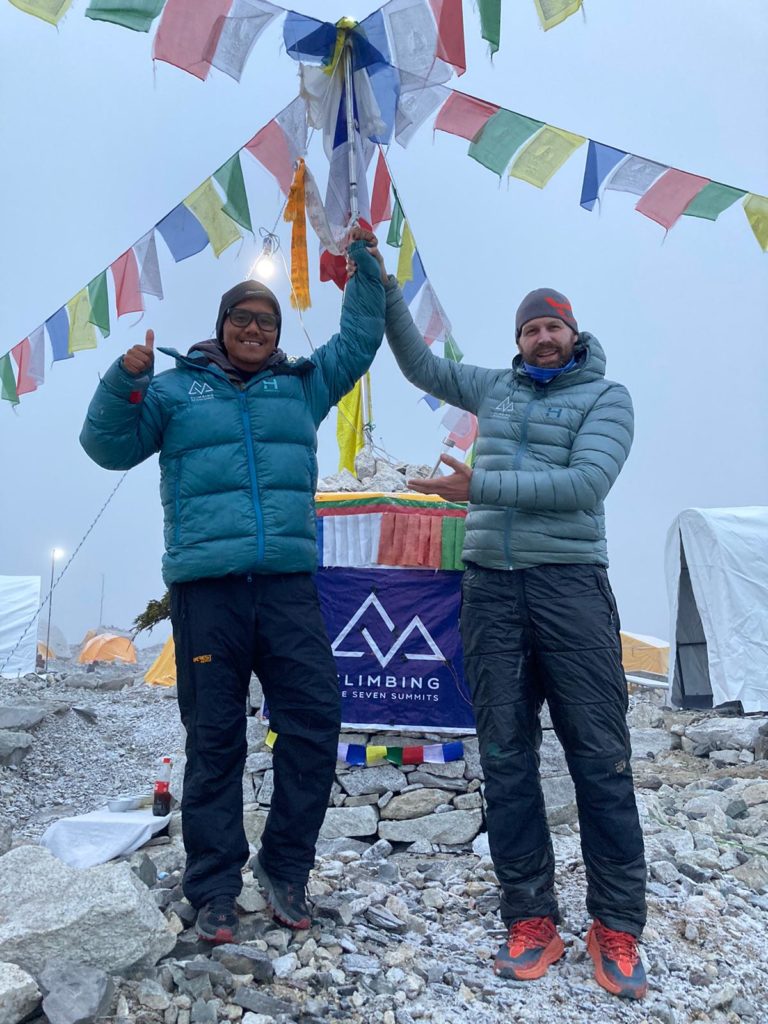
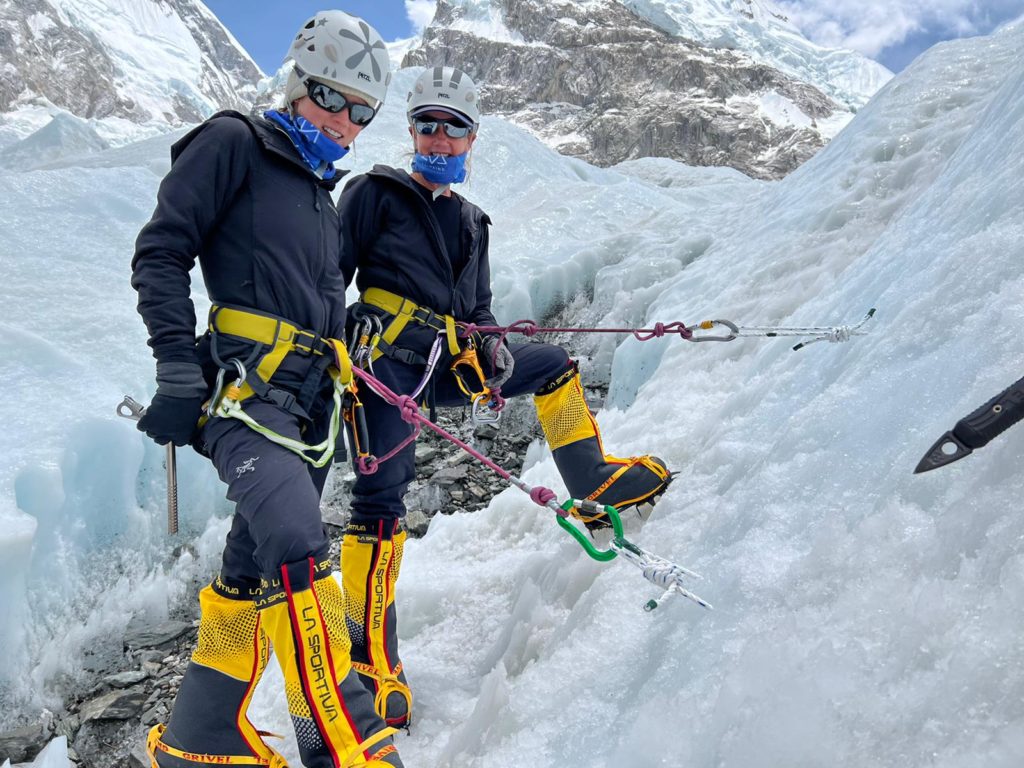

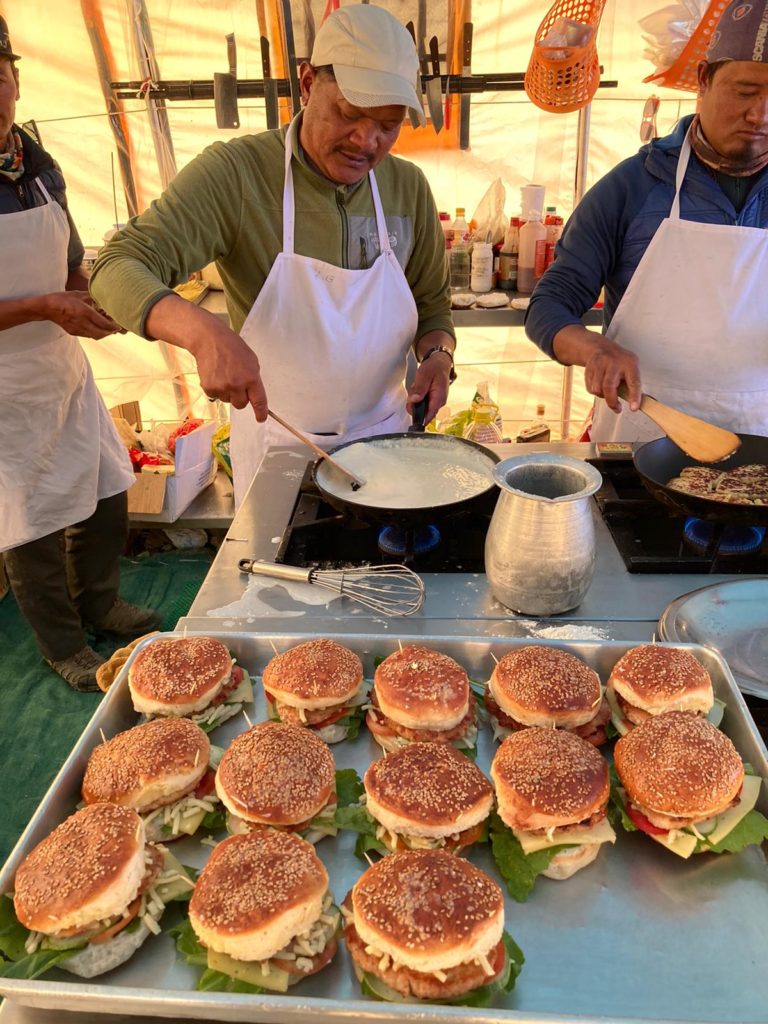
Resting at BC, Summit Rotation Begins
All CTSS climbers have now returned to Basecamp from the second rotation and ropes are fixed to the summit!
With the acclimatization rotations completed our teams will rest in basecamp and wait for a good weather window for their summit bids. It is an exciting time in basecamp full of anticipation as climbers recover, feel stronger, and watch the forecasts for their moment.
This morning the teams went through an oxygen clinic to dial in their systems and spent part of the morning packing food and gear for the summit bid.
In the afternoon we hosted the first annual CTSS Table Tennis Championships followed by music in the big dome for a pre-summit celebration. Our teams have worked incredibly hard to prepare over the last 5 weeks in Nepal, it was a well earned afternoon of relaxation and fun.
CTSS would like to congratulate everyone in Basecamp for all the hard work, preparation, and attention detail each climber has exhibited to get to this point. Well done team!
Mike and the rest of the Guides are watching the forecasts and whats happening on the mountain closely in order to select summit windows with the best chance of success.
With a good forecast for the next few days the first round of summit climbers are planning to head up tomorrow morning to begin their bid to stand on top of Everest. We'll be following along closely as they work their way through the camps and set up on the South Col over the next 3-4 days.
More than any other point in the climb, this period is why we invest so heavily in basecamp infrastructure. Having the ability to wait patiently, comfortably, and remain healthy until it's your chance for the summit gives a massive advantage. Good luck!
Cheers,
CTSS Team
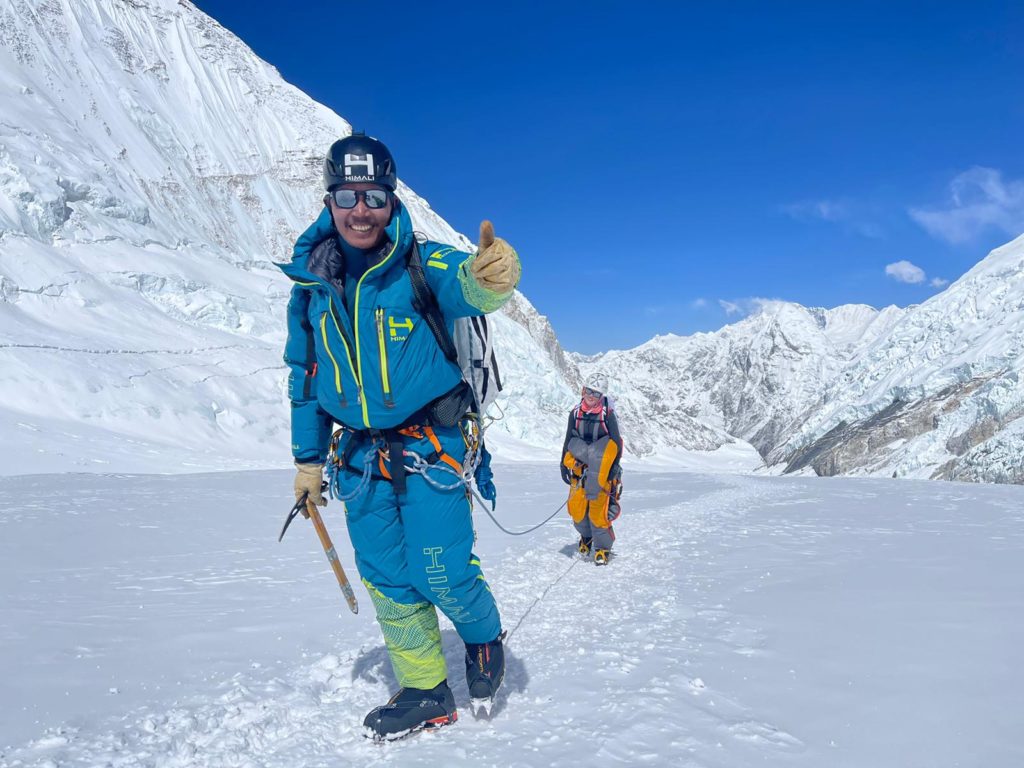

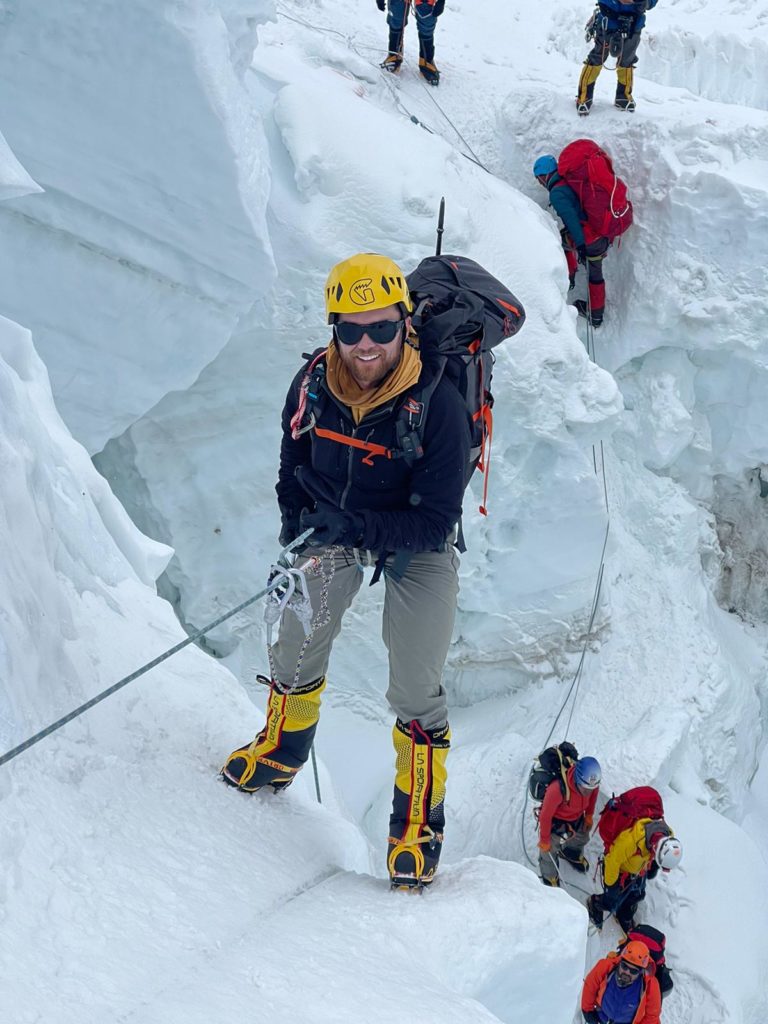

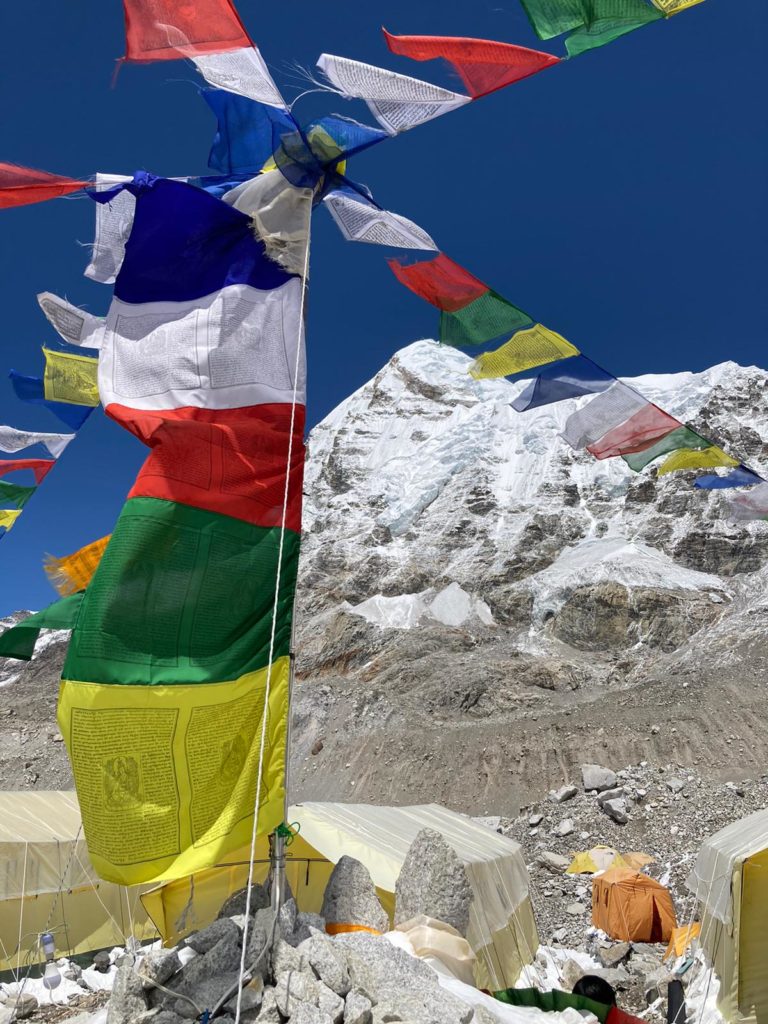
Acclimatisation Nears Completion
Perfect weather today, probably the best day we've had this season!
Many of our climbers tagged Camp 3 on the Lhotse Face today including Clayton, Gabby & Jane, Pascale and their Guides. Everyone is moving well and making great time in clear conditions and no wind. They will spend another night at Camp 2 before descending to Base Camp to rest before their summit bids with the exception of Sean & Guide Casey who tagged the bergschrund and then descended all the way to Base Camp in good style.
Manal & Guide Anup have now moved up to Camp 2 on her final rotation.
Meanwhile Meghan, Mark, Jessica, John, Walt and Margaret are all resting either at EBC, or lower, ahead of their summit push. We are getting close now! We will be watching the weather like hawks looking for the best windows. We hope the ropes will be fixed to the summit on the 9th which signals the green light for summit days.
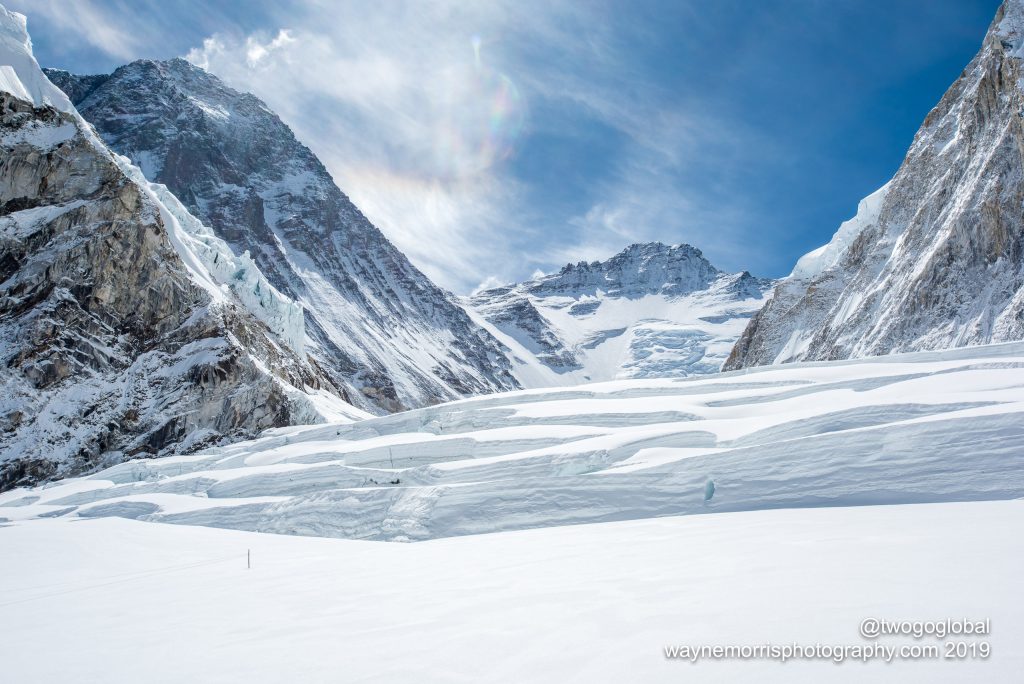
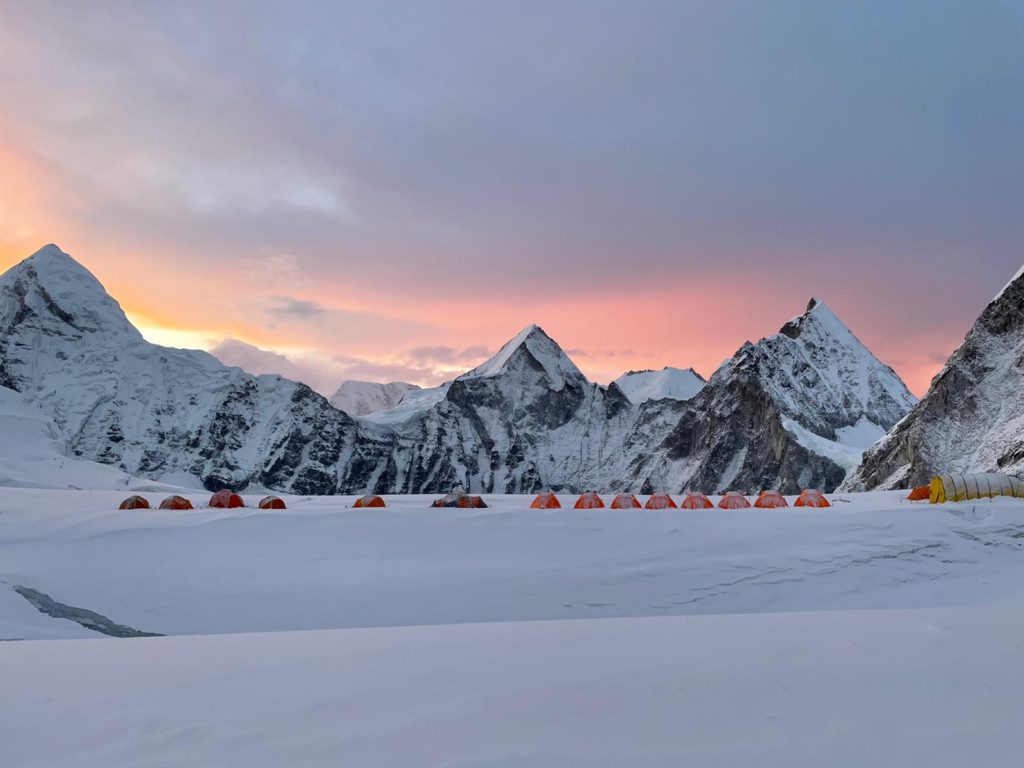
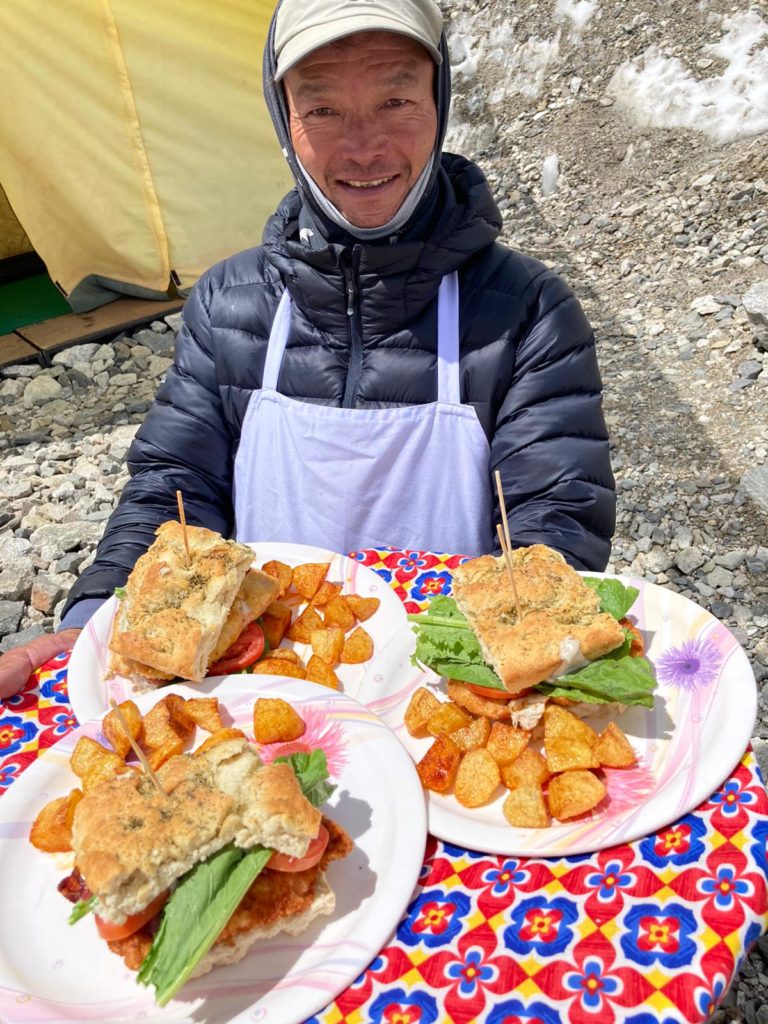
Carb loading with Bacon Lettuce Tomato Foccacias with Tuffle Aioli and hand cut hot chips.

Summit - that way!

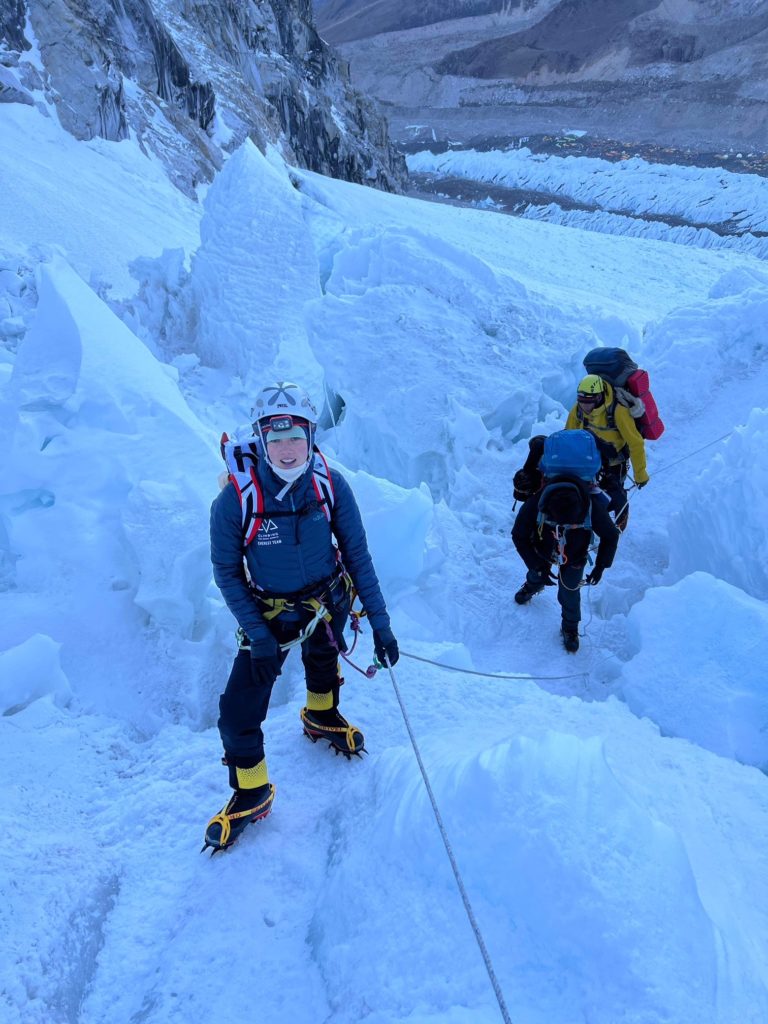
Unsettled weather on the way to C2, C3
Expedition Leader Mike gave us a quick round up of the weather on Everest
"It has been snowy here the last 48hours with minor accumulation, but the wind has picked up a bit today and blown the wet air to bring in drier conditions again. The wind is supposed to die off in the next few hours and reports from Camp 2 and Camp 3 are low wind. We expect this dry pattern with lower winds should stay for at least several days."
Some of our climbers are at Camp 2 looking to hit Camp 3 in coming days on their last and final acclimatisation rotation (Clayton, Pascale, Jane & Gabby, Casey & Sean) Walt and John K successfully tagged Camp 3 in good time yesterday and are taking a rest day at Camp 2 today before dropping back down to EBC tomorrow.
Manal and Guide Anup head up to Camp 1 on their final rotation tonight with the goal of tagging Camp 3.
The rest of our climbers (Jessica, Mark, Meghan and Margaret) have all finished their acclimatisation rotations and are now resting at Base Camp in preparation for their summit bids. Hot showers, Chef Jensen's hearty fare & R&R in the Big House are just a handful of critical ingredients to help refresh their energy stores and strengths ahead of the summit bid.


Chef Jensen with fresh friands
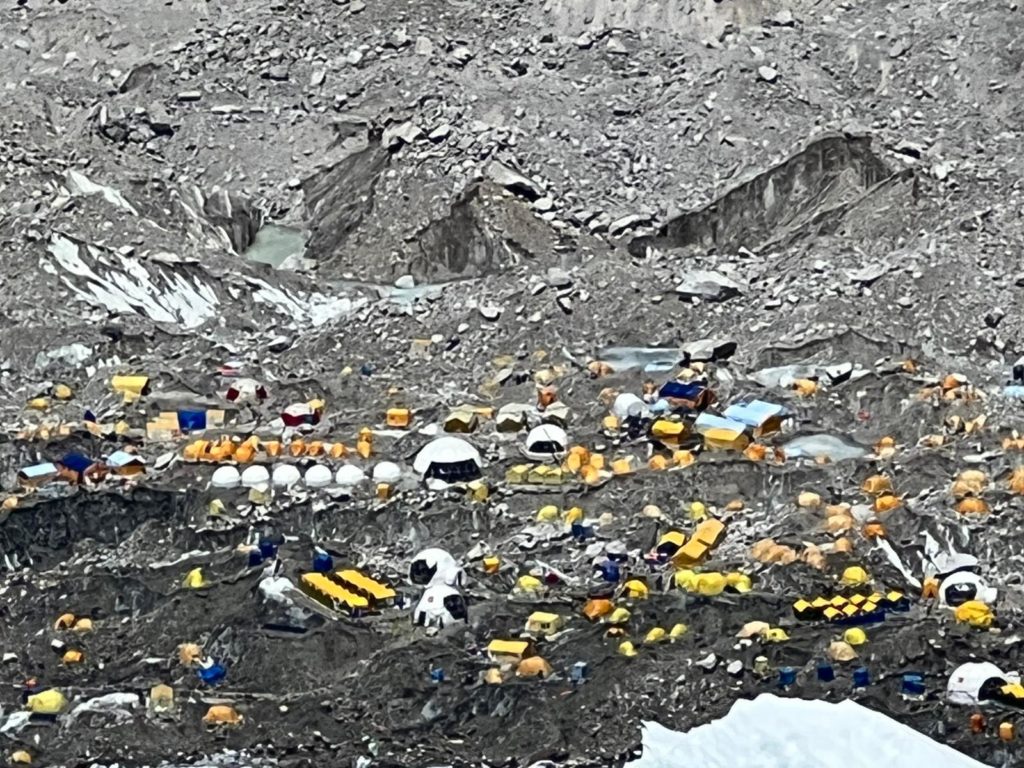
CTSS Base Camp from the icefall
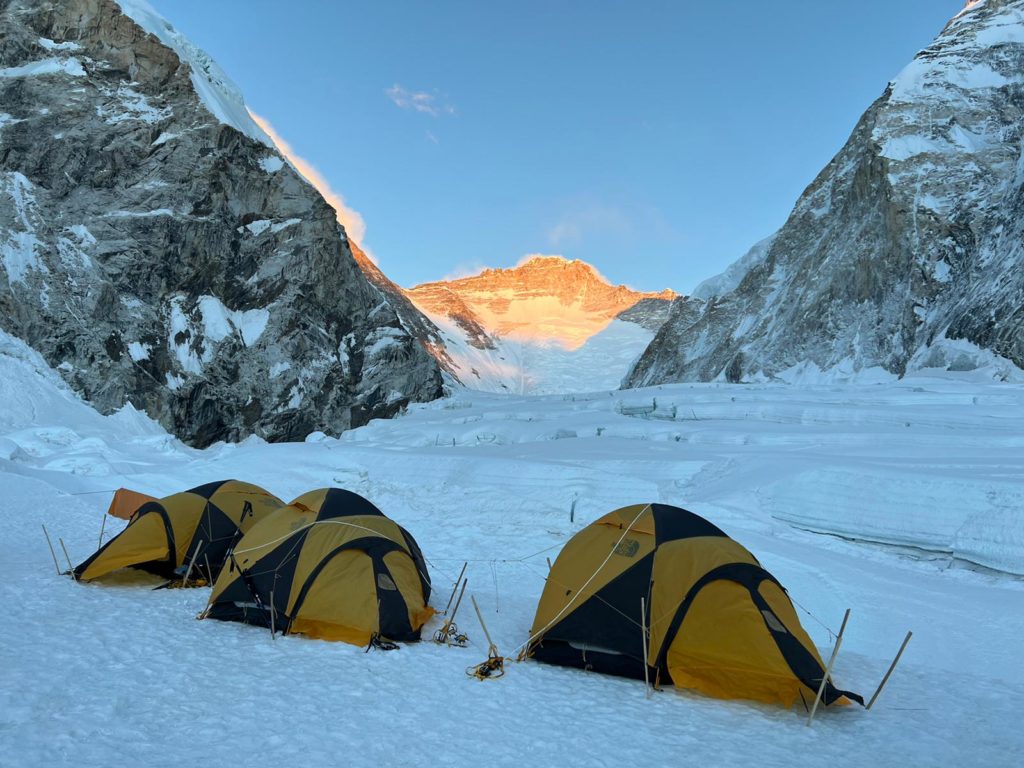
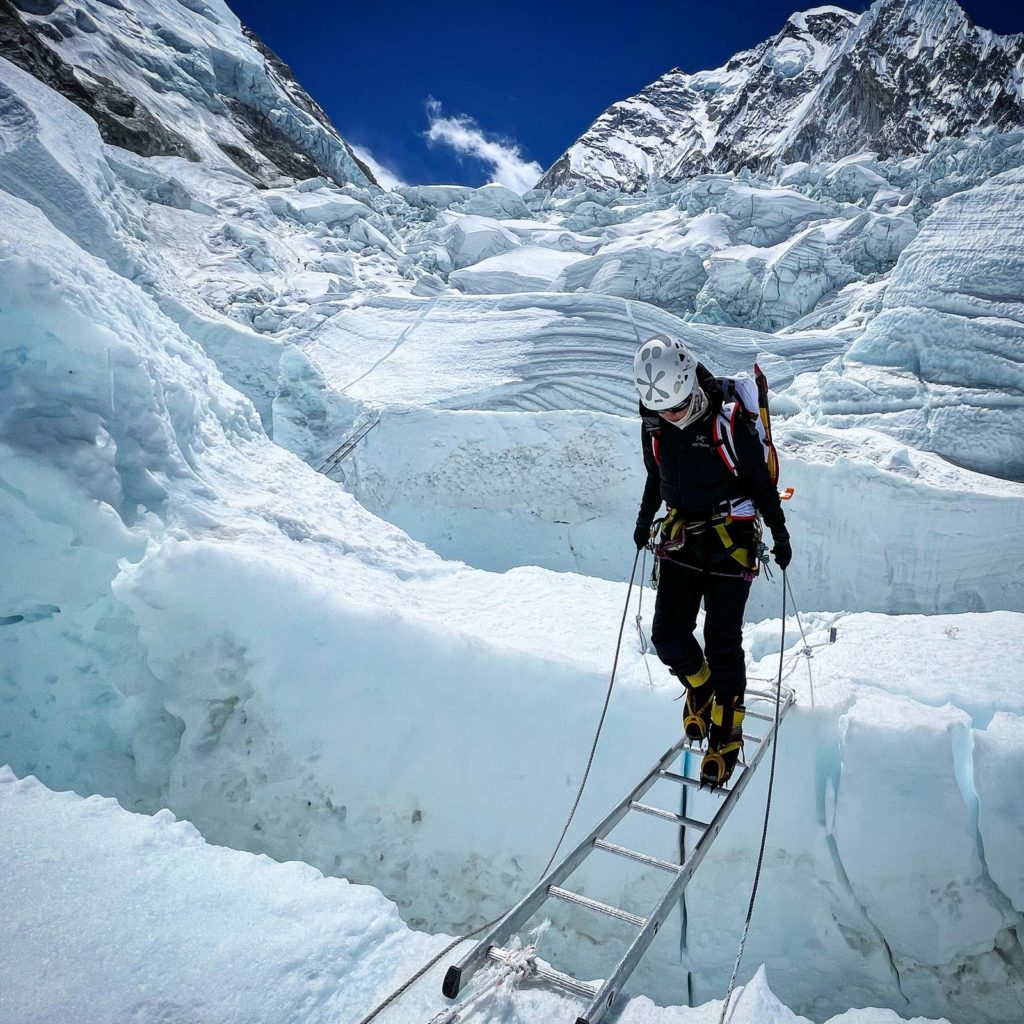
Gabby in the icefall
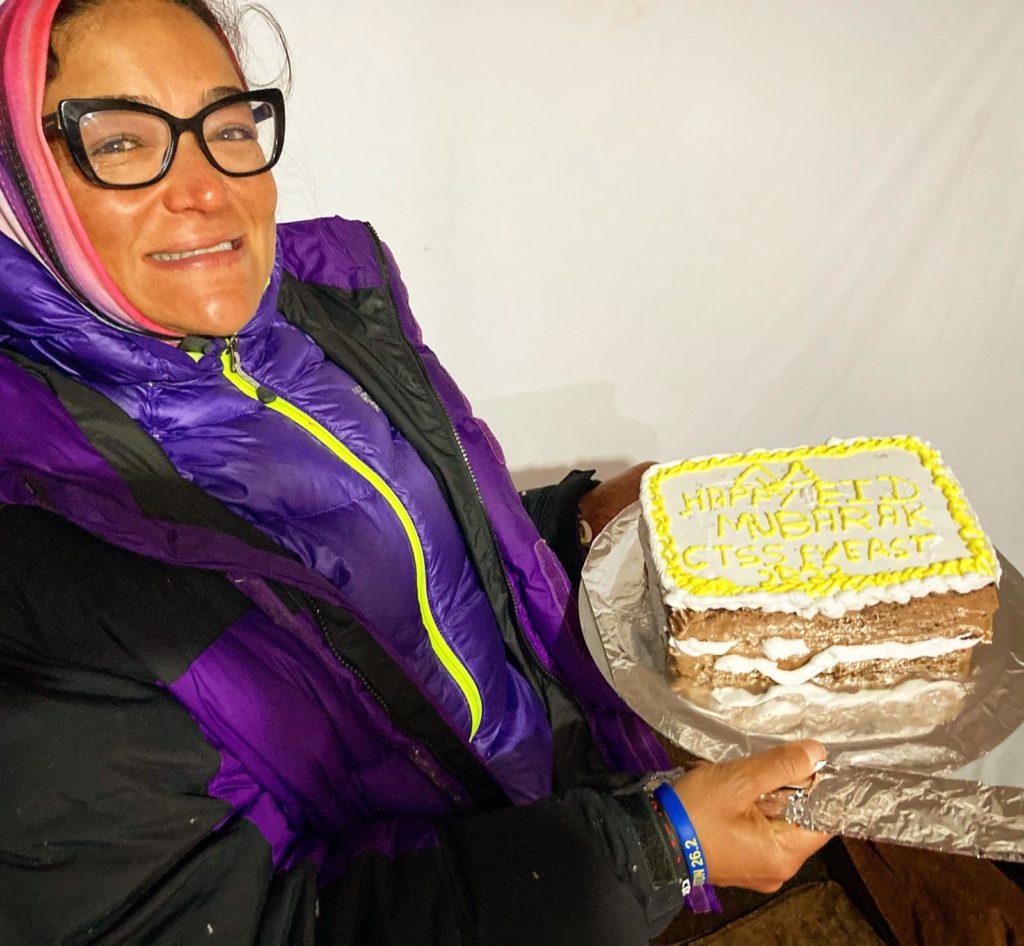 Celebrating EIB with Manal who is attempting to become the first Egyptian woman to summit Everest
Celebrating EIB with Manal who is attempting to become the first Egyptian woman to summit Everest
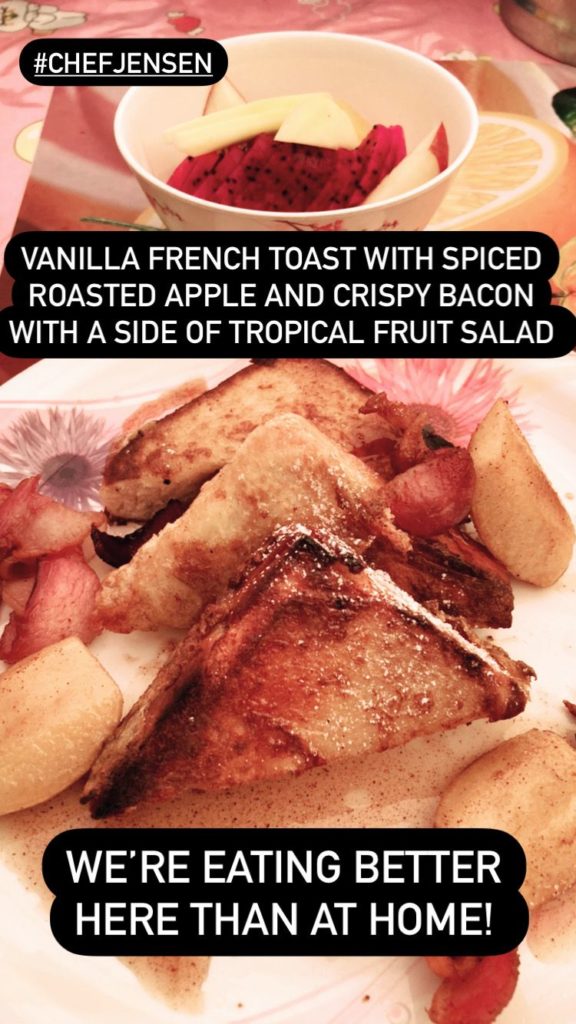
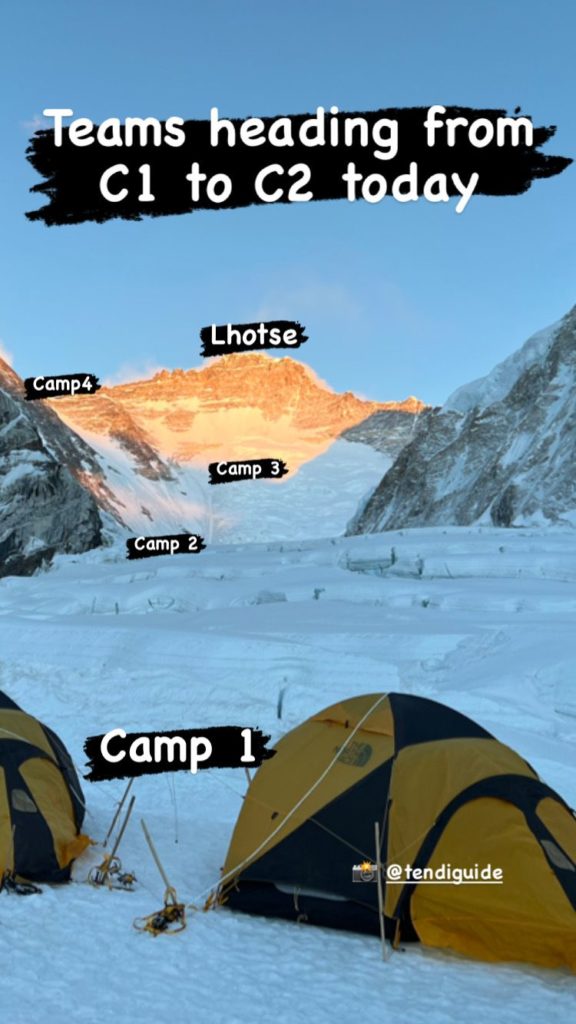
First Rotation Wrapping Up
CTSS teams are moving forward as a few clouds and some snow have rolled in. This light pulse of clouds and precip is expected to stick around a few days, but isn't predicted to produce anything significant.
Ruchika and their guide are at C2 looking to tag C3 tomorrow before returning to basecamp.
We've got a ton of climbers back in EBC over the last 24 hours descending down from Camps 1 and 2 where they spend their first rotation. These folks will take a few days to rest a recouperate before turning their eye towards a second rotation, the final prep before their summit bid.
We've also got the first round of climbers heading up for their second rotation today. Walt and John are at C1 heading up to C2 while Tomi, Clayton, and Pasang head towards C1 tomorrow. Tendi, Passang, Jane, Gabby, Ashish and Pascal are all on deck to head up the following day and our Western guided team under the leadership of Casey Grom are looking to follow a day later.
Those recuperating at basecamp between rotations have had quite the feast waiting for them each evening. CTSS Chefs Jensen and Kumar have outdone themselves yet again with butter chicken, vegetable quiche and green salad, lamb au jus just to name a few - oh, and Japanese night as well!
Cheers,
CTSS Team
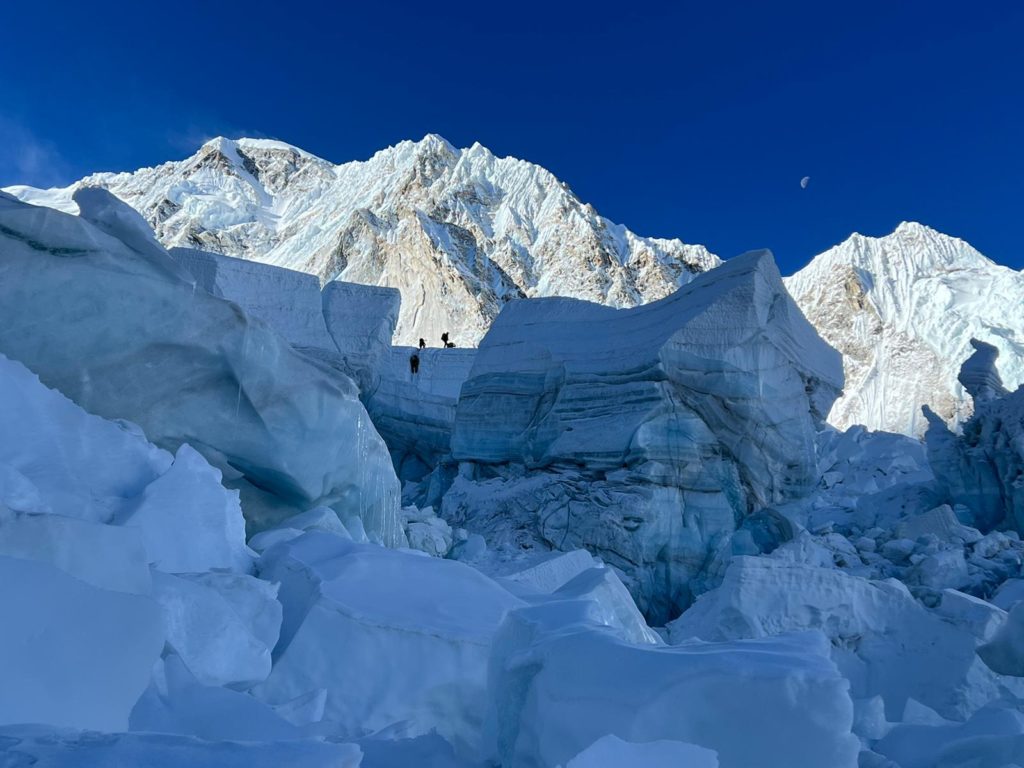
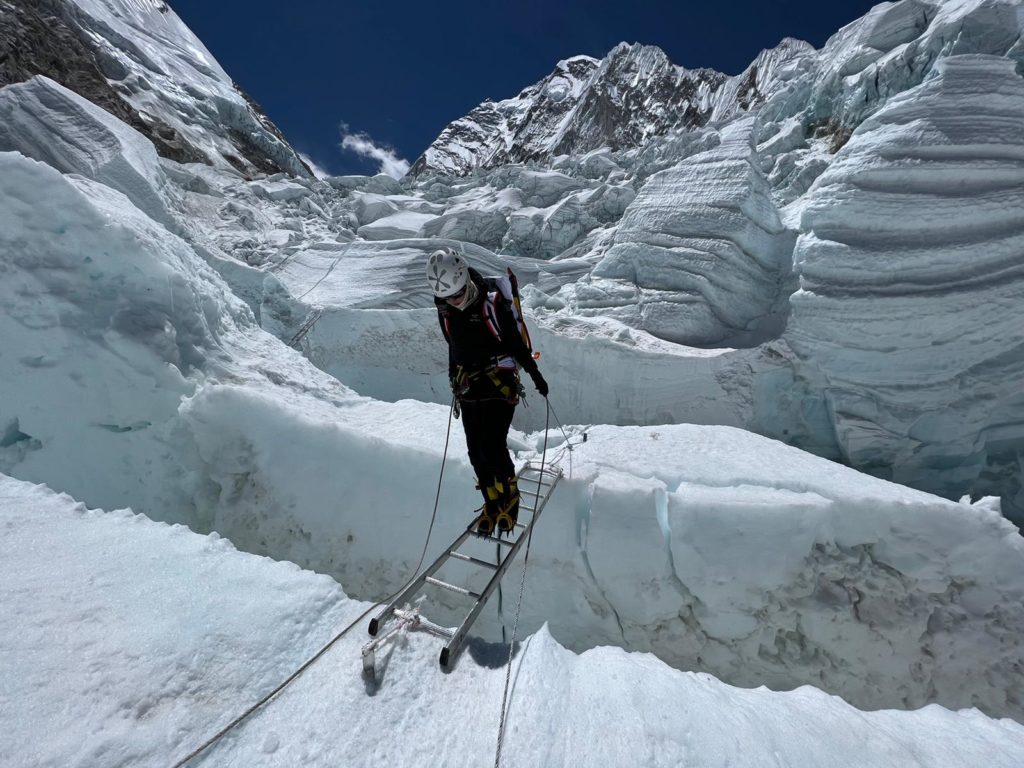
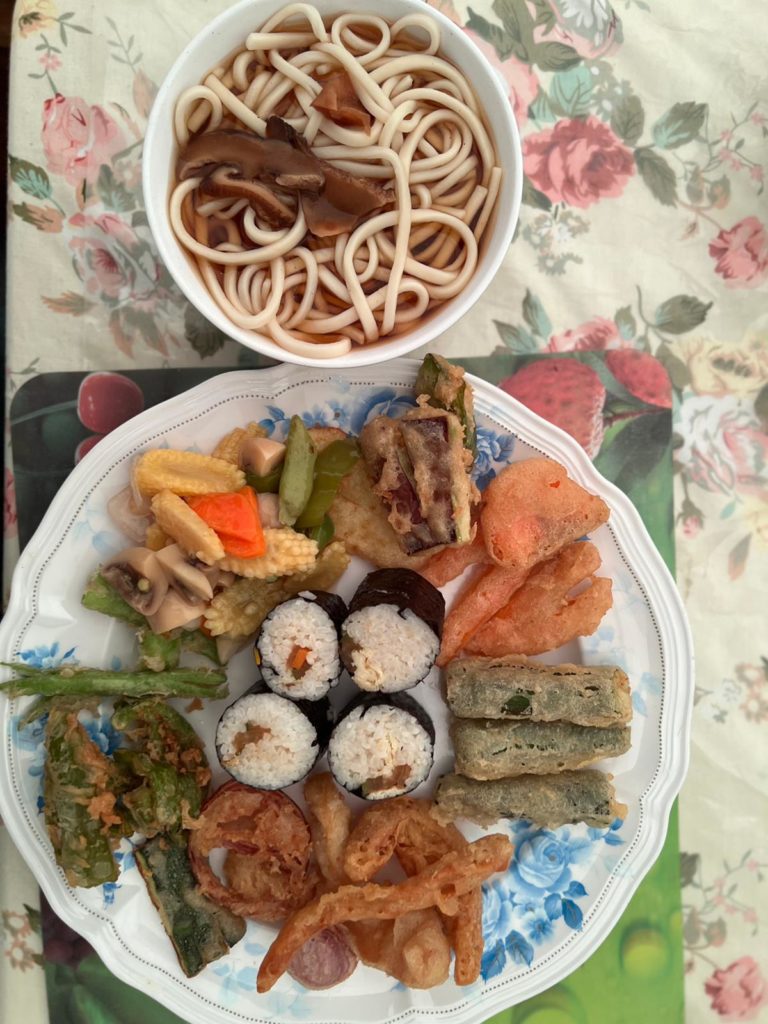

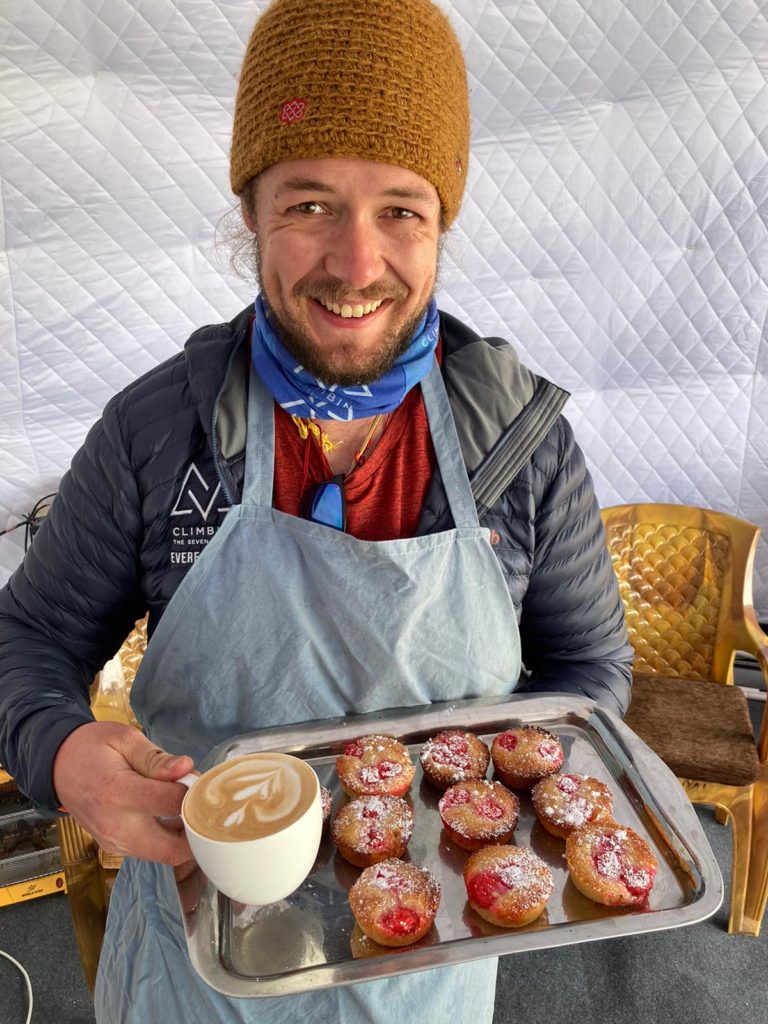
Excellent Weather, Excellent Climbing on Everest
April 27th 2022
Great news - The ropes are getting closer and should be fixed to the South Col by tomorrow which is ahead of schedule. Weather has been excellent for climbing with only light wind.
Private IFMGA Sherpa team Jessica H and Guide Kami are currently climbing on the Lhotse Face and aim to tag Camp 3 today. They are reporting perfect weather.
Private IFMGA Sherpa team Meghan B and Guide Naren, as well as Mark W & Margaret K (Everest/Lhotse Speed Ascenders) with their Guide Pega all tagged the bottom of the Lhotse Face today on their acclimatization rotation and will go for Camp 3 tomorrow.
Ruchika S and Guide Pemba are well and truly on target to hit her goal of Camp 3 this rotation and is currently safely at Camp 1. Private Western Guided Climber; Girish A with Guide Tomi Ceppi, & Private IFMGA Sherpa team Manal R with Guide Anup are shortly behind and expected in Camp 1 very soon.
On the downward direction; Private IFMGA Sherpa team Pascale S and Guide Asish are now descending back to Base Camp today having reached Camp 2 as planned on their acclimatization rotation.
Private Tendi Sherpa Guided Climbers Jane and Gabby with Tendi and Guide Passang arrived back early this morning and are now enjoying a very relaxing morning back at Base.
Meanwhile Casey's Western Guided Team, along with Private Western Guided Climber John K and Guide Walt, all rolled in yesterday and enjoyed a homemade Cabonara whipped up by Chef Jensen for their arrival back to EBC yesterday and well deserved hot showers.
All is progressing smoothly on the mountain and we are setting our sights on our final acclimatization rotation in coming days! We bid farewell to our 3 Peaks teams and trekkers who leave Kathmandu today.
Cheers
CTSS Team

